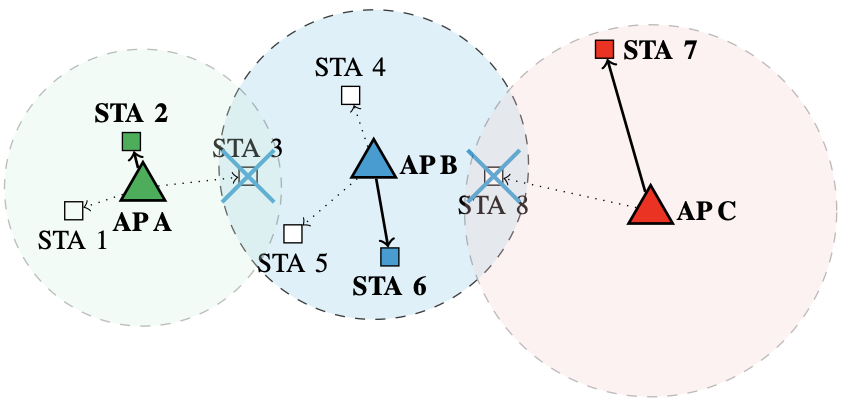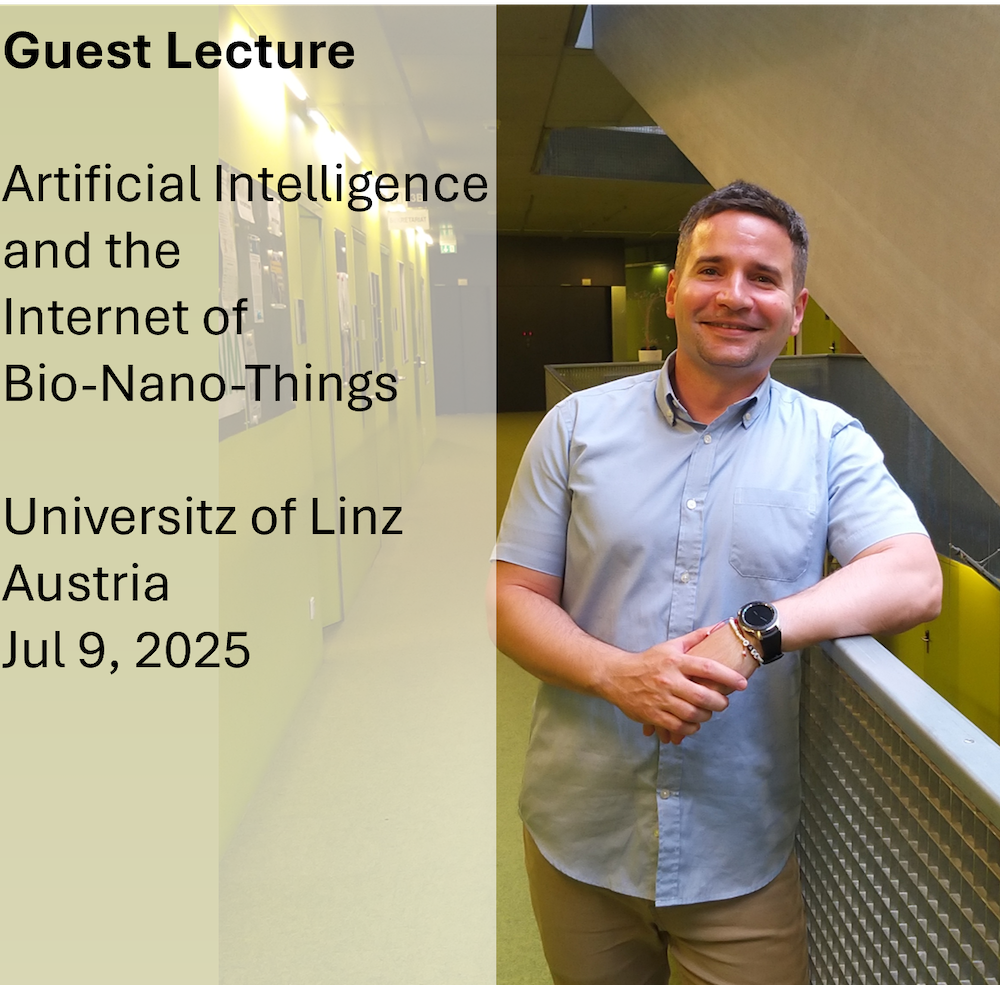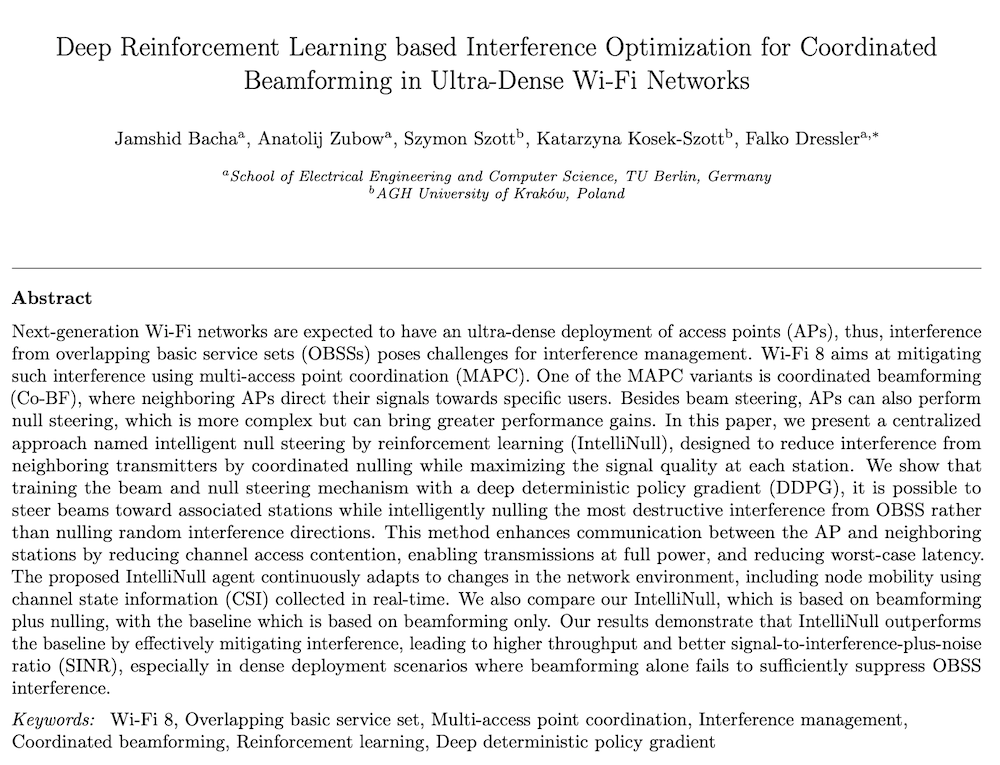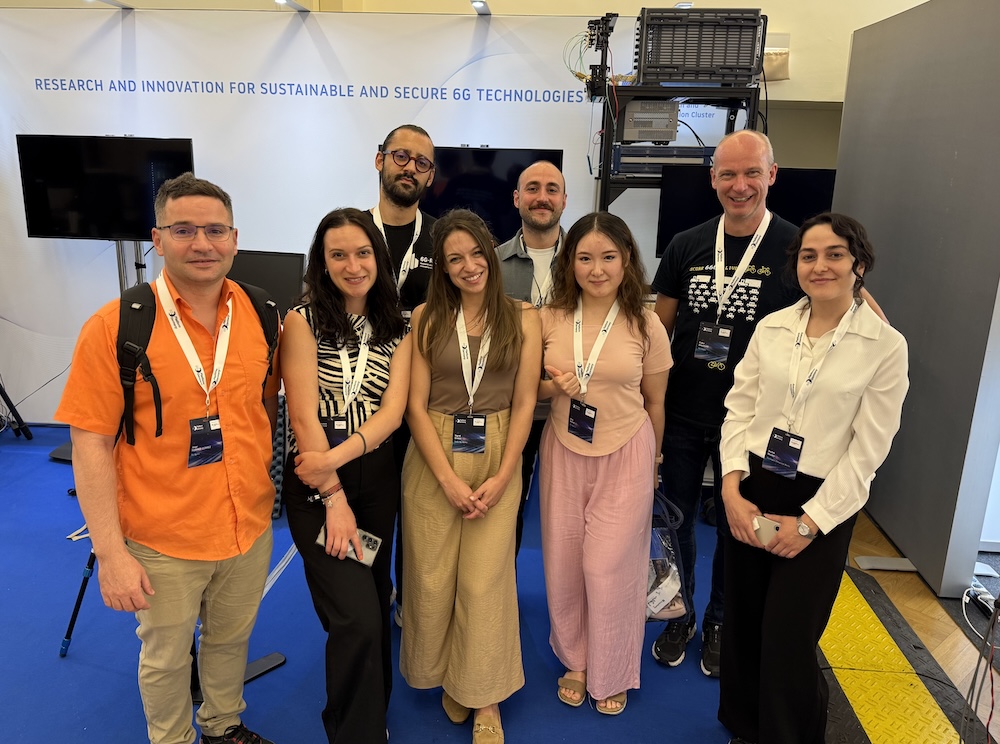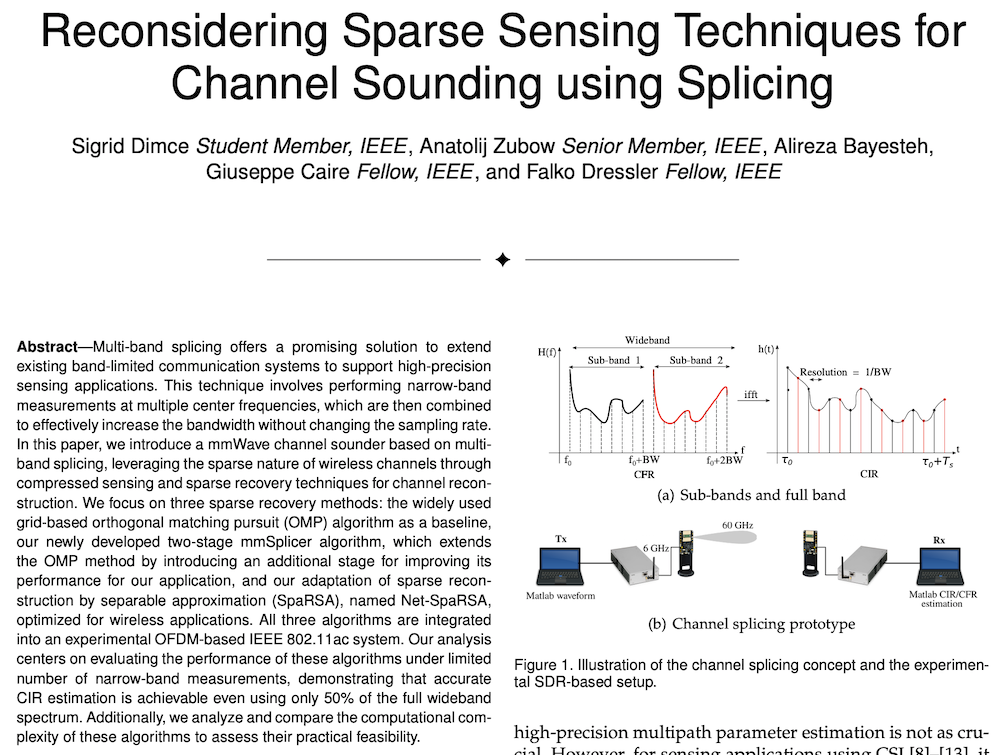Literature Database Entry
sommer2014vehicular
Christoph Sommer and Falko Dressler, Vehicular Networking, Cambridge University Press, 2014.

Abstract
The intensive use of networked embedded systems is one of the key success factors in the automotive industry also triggering a massive shortening of innovation cycles. Hundreds of so called Electronic Control Units (ECUs), connected by kilometers of electrical wiring, operate in today's modern car enabling a huge variety of new functionalities ranging from safety to comfort applications. All this functionality can only be realized if the ECUs are able to communicate and to cooperate using a real-time enabled communication network in the car. Today we are at the verge of another leap forward: This in-car network is being ex- tended to not only connect local ECUs but to connect the whole car to other cars and its environment using Inter-Vehicle Communications (IVCs). Relying on existing wireless Internet access using cellular networks of the third (3G) or fourth generation (4G), or novel networking technologies that are being designed specifically for the use in the vehicular context such as IEEE WAVE, ETSI ITS-G5, and the IEEE 802.11p protocol, it becomes possible to use spontaneous connections between vehicles to exchange information, promising to enable novel and sometimes futuristic applications. Using such IVC, safety relevant information can be exchanged that could not have been obtained using local sensors, enabling a driver to virtually see traffic through large trucks or buildings. This new idea of networked vehicles creates opportunities to not only increase road traffic safety but also to improve our driving experience. Traffic jams can be prevented altogether (or at least we would be informed of jams well in advance) - and we might even be able to enable the driver to enjoying fully automated rides in a train-like convoy of cooperating of vehicles on the road. Vehicular networking, the fusion of vehicles' networks to exchange information, is the common basis on which all of these visions build upon. Being fascinated with all the opportunities and challenges related to vehicular networking, we have been a part of this research community for close to ten years. In this time, many new and sometimes crazy ideas have been formulated how to connect cars of the future. Many of these ideas have been found not suitable after thorough investigation - yet, several survived and paved the road for what are now close to market-ready solutions. From a research perspective, we are able to identify many open challenges, both in the in-car and inter-vehicle communication systems. To investigate these further, we co-organized two Dagstuhl seminars inviting leading experts from all over the world and bringing together practitioners from industry and scientists from research institutes and universities. In this scope, we were able to formulate directions guiding the ongoing research activities at least in the medium term. We also established a complementary seminar series for newcomers to the field, which is being organized in the context of the international FG-IVC series of seminars and organized by the German computer science and electrical engineering societies GI and ITG. This textbook is based on a tutorial series on the same topic presented at all the major IEEE conferences including IEEE CCNC, IEEE ICC, IEEE GLOBECOM, and IEEE VTC, as well as in the scope of Falko Dressler's IEEE Distinguished Lecturer Tours in Europe, the U.S., South America, and Asia-Pacific. We also designed a new graduate level university class, which is being held at different universities in Europe. This has inspired us to collect our experiences in the form of a textbook, collecting in one place the common concepts of past and future vehicular networking topics for a broad range of readers - from students that want to enter this exciting new field to practitioners looking for a comprehensive overview. This book would not have been possible without the many people that have inspired and supported us over the last decade in our research activites on vehicular networking - first and foremost the community centering around the IEEE Vehicular Networking Conference, the premier conference in the field. In particular we'd like to name Prof. Ozan K. Tonguz (CMU) and Prof. Mario Gerla (UCLA) who collaborated with us investigating some of the mentioned crazy ideas, and finally identifying valuable and lasting solutions. The aforementioned tutorial lectues have been prepared together with Dr. Onur Altintas (Toyota ITC) and Prof. Claudio Casetti (Politechnico di Torino). We also wish to express our appreciation for the support we received from the most helpful staff at Cambridge during the preparation of this book. Finally, we would like to sincerely thank our families, friends, and colleagues for their enduring help and support. We hope you will enjoy reading this textbook as much as we enjoyed preparing its contents for you. We gladly welcome any feedback and invite you to leave us a note or peruse supplementary material we are offering on this book's companion website http://book.car2x.org/.
Quick access
Further information ![]()
Original Version ![]() (at publishers web site)
(at publishers web site)
BibTeX ![]()
Contact
Christoph Sommer
Falko Dressler
BibTeX reference
@book{sommer2014vehicular,
author = {Sommer, Christoph and Dressler, Falko},
doi = {10.1017/CBO9781107110649},
title = {{Vehicular Networking}},
isbn = {978-1-107-04671-9},
publisher = {Cambridge University Press},
year = {2014},
}
Copyright notice
Links to final or draft versions of papers are presented here to ensure timely dissemination of scholarly and technical work. Copyright and all rights therein are retained by authors or by other copyright holders. All persons copying this information are expected to adhere to the terms and constraints invoked by each author's copyright. In most cases, these works may not be reposted or distributed for commercial purposes without the explicit permission of the copyright holder.
The following applies to all papers listed above that have IEEE copyrights: Personal use of this material is permitted. However, permission to reprint/republish this material for advertising or promotional purposes or for creating new collective works for resale or redistribution to servers or lists, or to reuse any copyrighted component of this work in other works must be obtained from the IEEE.
The following applies to all papers listed above that are in submission to IEEE conference/workshop proceedings or journals: This work has been submitted to the IEEE for possible publication. Copyright may be transferred without notice, after which this version may no longer be accessible.
The following applies to all papers listed above that have ACM copyrights: ACM COPYRIGHT NOTICE. Permission to make digital or hard copies of part or all of this work for personal or classroom use is granted without fee provided that copies are not made or distributed for profit or commercial advantage and that copies bear this notice and the full citation on the first page. Copyrights for components of this work owned by others than ACM must be honored. Abstracting with credit is permitted. To copy otherwise, to republish, to post on servers, or to redistribute to lists, requires prior specific permission and/or a fee. Request permissions from Publications Dept., ACM, Inc., fax +1 (212) 869-0481, or permissions@acm.org.
The following applies to all SpringerLink papers listed above that have Springer Science+Business Media copyrights: The original publication is available at www.springerlink.com.
This page was automatically generated using BibDB and bib2web.

